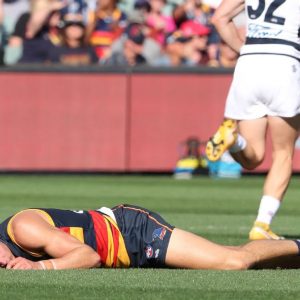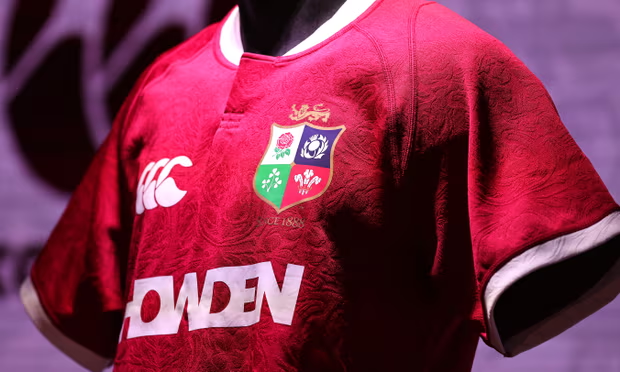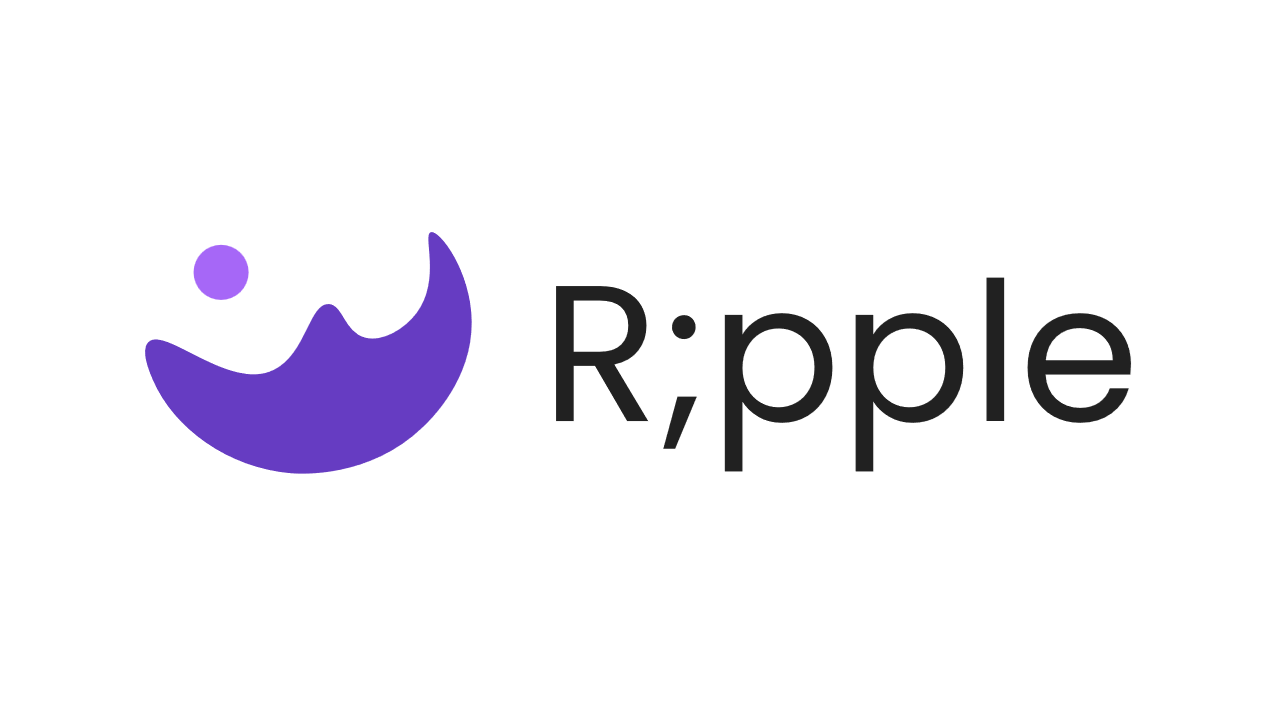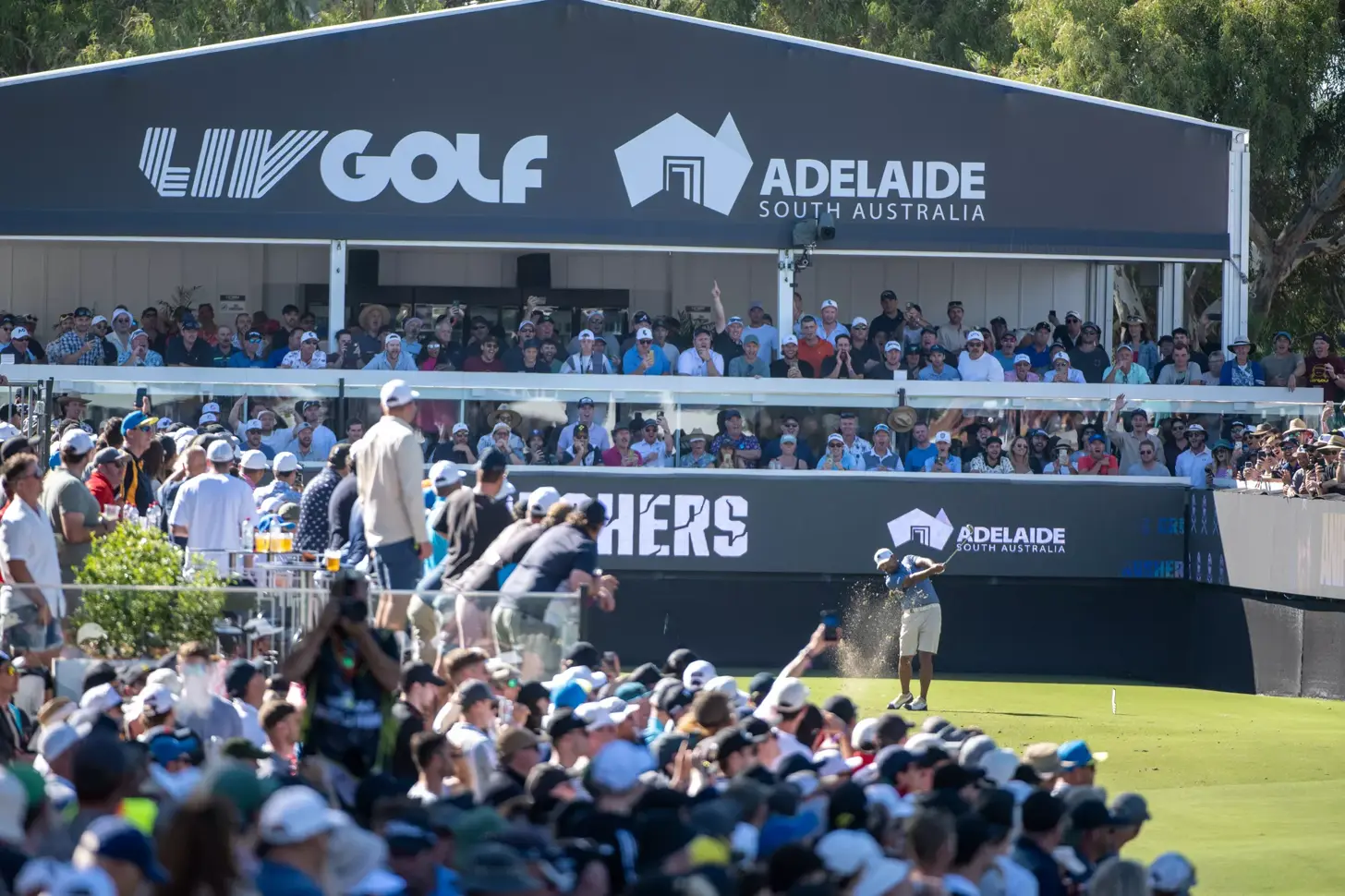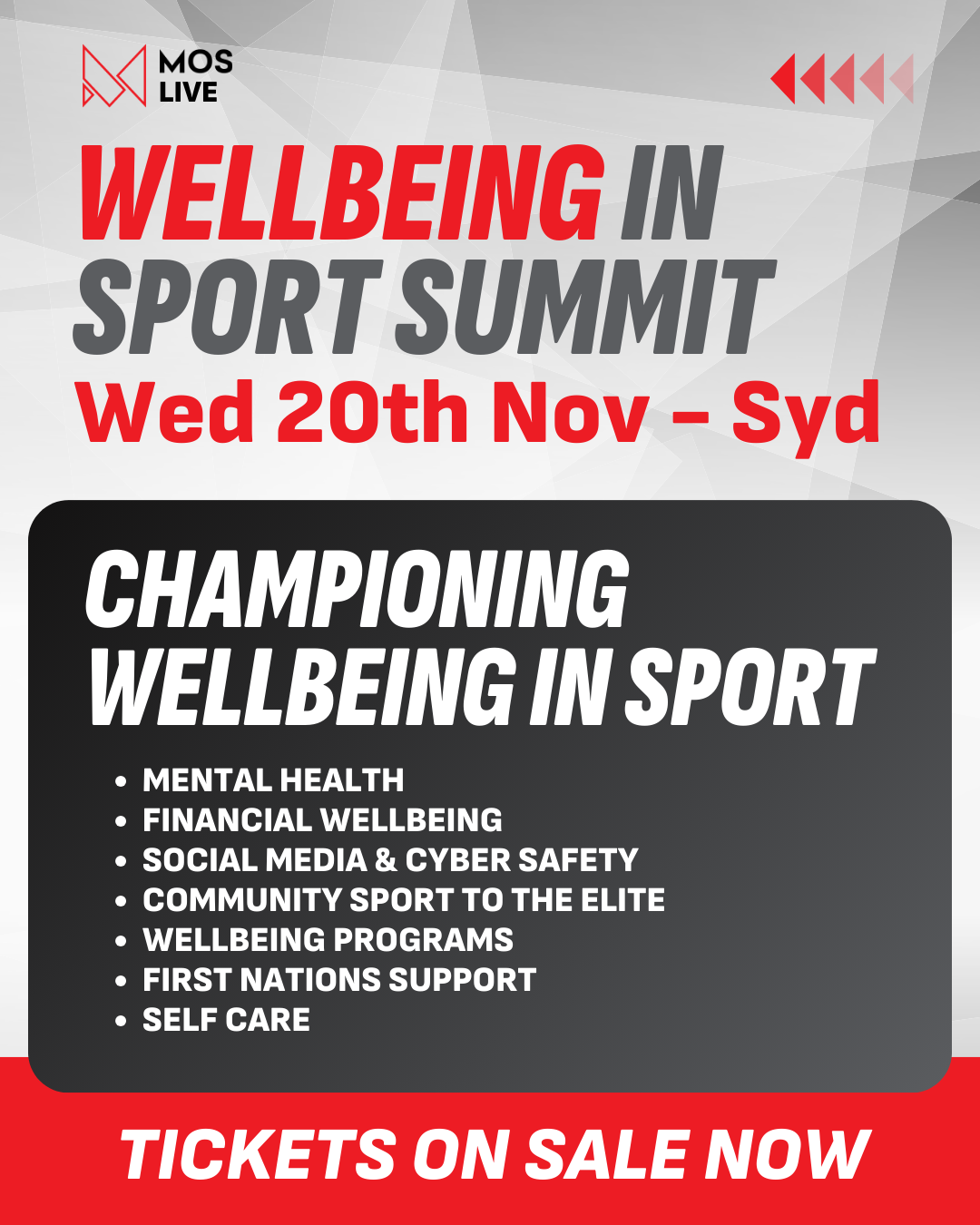[mkdf_dropcaps type=”normal” color=”#f55549″ background_color=””]D[/mkdf_dropcaps]
igital Health Organization executive director, Grenville Thynne, spoke with Ministry of Sport about the implementation of NeuroFlex across sport and the work that still needs to be done to best protect athletes from head knocks.
With sporting codes consistently changing their rules and guidelines for management of concussions and head impacts from the grassroots to elite level, there remains no widespread agreeance of the best approach to protecting athletes.
For example, at the start of 2021, the AFL and NRL both introduced new rules relating to head impacts, with AFL players required to sit out for 12 days after entering concussions protocols, and NRL players required to sit out for 11 days.
NeuroFlex, the eye-tracking technology that uses virtual reality (VR) to assist medical professionals to diagnose and manage concussions, was recently utilised in the 2021 Super Rugby Trans-Tasman competition.
Discussing the implementation of NeuroFlex at the competition, Thynne said the feedback received from athletes and medical professionals was encouraging.
“Prior to the season beginning, we conducted baseline tests on over 400 Trans-Tasman rugby players, Thynne told Ministry of Sport.
“There’s evidence that despite the severity of a head knock, each elite athlete reacts differently, so our objective data analysis created by completing a healthy baseline test at the beginning of the season and using that as the basis of when you can safely return to play is what we are promoting to various sporting bodies.
“We strongly suggest players do not return to the field following a head knock until they return to their healthy baseline level.
“Every sport has different rules on how many days you sit out of competition after a head knock and we, at NeuroFlex, are encouraging a standardised approach.
“Conduct healthy baseline testing first before competition, then if the HIA (head injury assessment) process is undertaken following a head impact, you don’t return back to play until you return to your healthy baseline level.
“The feedback we’ve received so far suggests players enjoy having a different and a more objective approach to managing and monitoring head injuries.
“The medical professionals are also now armed with data they’ve never had access to before.
“NeuroFlex testing generates objective data that is clinically accurate, providing deep metrics of ocular motor function and head movement in relation to a concussion.
“Current methods are subjective metrics primarily based on asking a standard set of questions and various balance tests, for example the waving of the finger or standing on one leg.
“The feedback suggests people like the fact it’s simple to use and portable, all you need is the VR headset and a laptop.
Its accuracy and mobility in one package.
“You can test someone at the beginning of the season and end of the season for their whole career and then you will have that data sitting on their NeuroFlex longitudinal record, which you can always go back to that data,” he said.
Talking about how sports need to incorporate more processes than typical HIAs following a head impact, Thynne said it is the combination of micro concussions and repeated head impacts that also forms a major concern for head injuries.
“When you see a large head knock in a game, that’s not the whole story,” Thynne said.
“There are impacts called micro concussions, for example in soccer, some countries have stopped junior players from heading the ball in training because micro concussions are starting to become better understood.
“We don’t see what goes on in training as well, so by doing a baseline at the beginning and end of the season, you pick up these anomalies that you wouldn’t normally pick up if someone doesn’t suffer a major head knock.
“That’s where the clinically accurate and objective data we provide becomes very helpful because it picks up on things that wouldn’t normally get noticed,” he said.
Thynne also mentioned how it is crucial for sports to invest in monitoring head impacts from the beginning of grassroots participation all the way through to the elite level, saying: “One retired elite athlete told me if they had NeuroFlex at the beginning of their career, they would have had a longer career because they would have been able to identify and manage head knocks in a more scientific way.”
“That’s why we’re very keen to operate in grassroots sports.
“We don’t believe it starts with an 18-year-old superstar who plays sport, we believe it starts at an earlier age.
“NeuroFlex is the solution for concussion management and better brain health throughout a whole career starting from grassroots whilst simultaneously providing accurate data for the better understanding of long-term effects on brain health and the management of head injuries,” he told Ministry of Sport.



